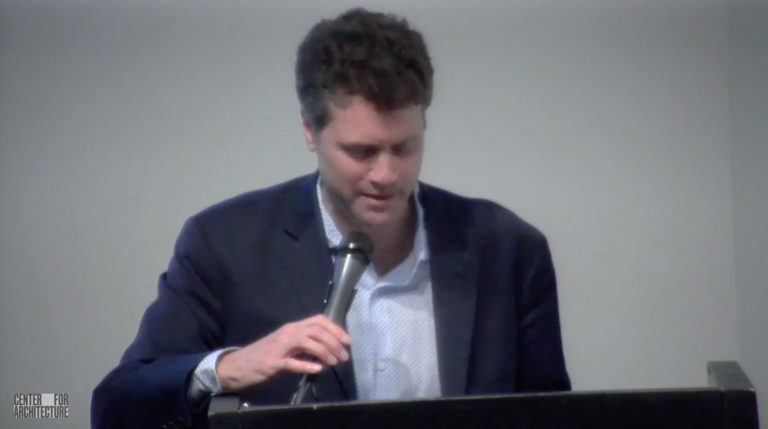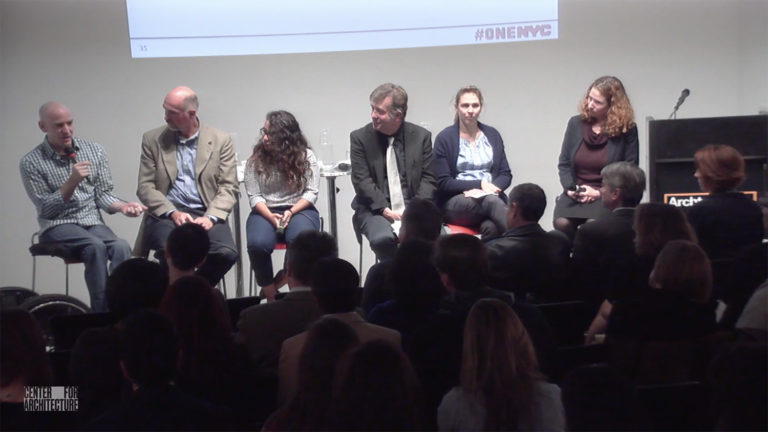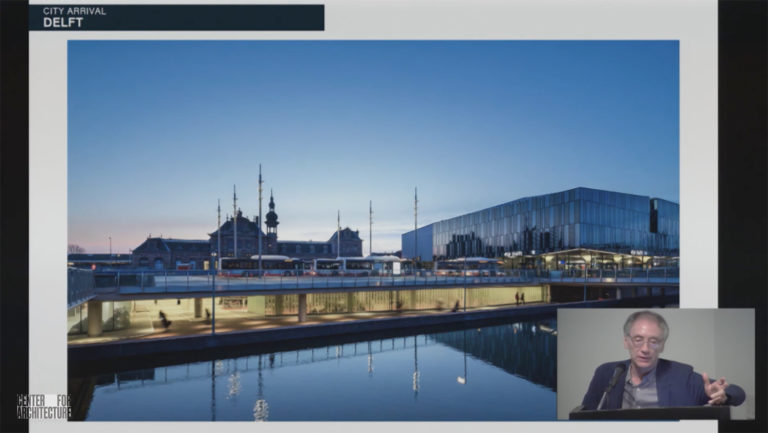What do architects, landscape architects, engineers, and health care planners need to know to help our region handle future unavoidable heat waves? In an ongoing discussion about the long-term effects of extreme heat on New York, which has just experienced two of hottest years on record—the AIANY Design for Risk and Reconstruction and Health Facilities Committees and the New York Society for Health Planning (NYSHP) ask: Who has the information and answers we need?
This program will look at the planning and design of relief, recovery, and retrofitting in the face of uninterrupted heat waves. Keynote speaker Sabrina McCormick, a professor and videographer, will discuss the sociological and medical effects of extreme heat on population health. Other speakers will address redesign of cities, buildings, and open spaces; cooling centers and other disaster shelter in NYC; HVAC systems design for healthcare facilities; and related population health management.
The program coincides with the release of the print and online report of “Extreme Heat: Hot Cities” symposium, a day-long event last November led by DfRR that focused on mitigation and adaptation. Speakers from multiple city agencies (Health, Planning, and Emergency Management) as well as architects, planners, landscape architects, and materials and systems manufacturers tackled the issue.
“Extreme summer heat kills on average over 100 New Yorkers annually from heat stroke and the heat-related exacerbation of chronic health problems,” stated Dan Zarrilli, Senior Director for Climate Policy and Programs in the NYC Mayor’s Office. Hundreds more need hospital or emergency-room care for serious heat-related illness—numbers that quickly rise, especially for vulnerable residents without adequate cooling or care options. It is an issue that impacts power, water, telecommunications, and food access, ultimately affecting us all.
Sabrina McCormick, PhD, Assoc. Professor, Milken Institute School of Public Health, George Washington University; Senior Fellow, Wharton Risk and Decision Center, University of Pennsylvania
Cynthia Barton, Housing and Recovery Program Manager, Human Services Unit, NYC Emergency Management
Pippa Brashear, MLA, MUP, Director of Planning and Resilience, SCAPE / Landscape Architecture
Christopher McHugh, PE, Partner, AKF, LLP, Consulting Engineers
Jeffrey Raven, FAIA, LEED AP BD+C, Assoc. Professor and Director of the Graduate Program, Urban and Regional Design, NYIT; Principal, RAVEN A + U
Paul Savage, MBA, BSIE, Director, Healthcare Management, Senior Clinical Lecturer in Population Health Management, Iona College
Greeting and Moderator:
Illya Azaroff, AIA, Principal, +LAB Architects PLLC; Assoc. Professor, New York City College of Technology; Founding Co-Chair, AIANY DfRR Committee
Presentation of “Extreme Heat: Hot Cities” Symposium Report:
Joan Capelin, Hon. AIA, Fellow PRSA, Principal, Capelin Communications, Inc.; Co-Chair, AIANY DfRR Committee
Organized by:
AIANY Design for Risk and Reconstruction Committee, AIANY Design for Health Committee (formerly AIANY Health Facilities Committee)



